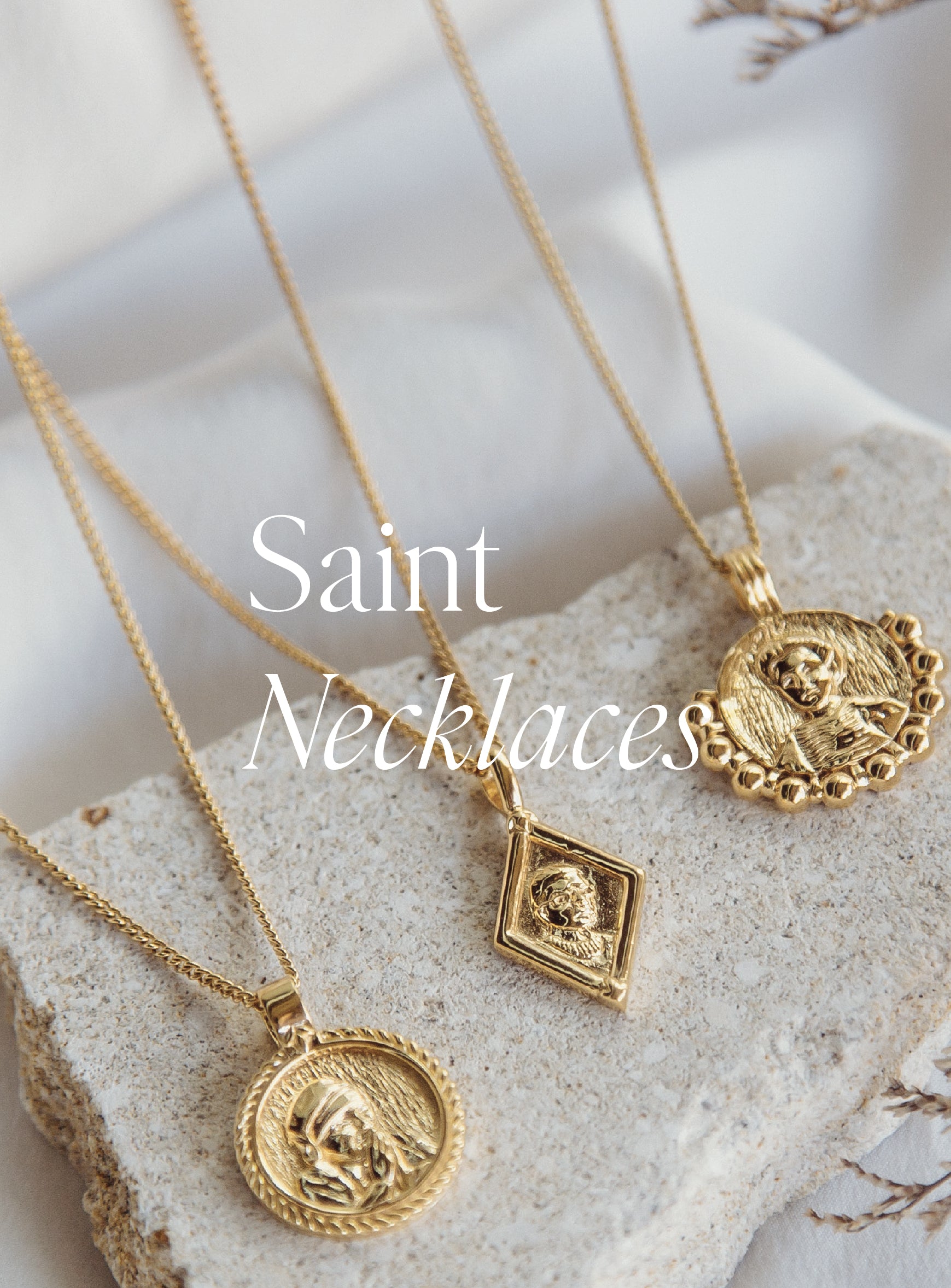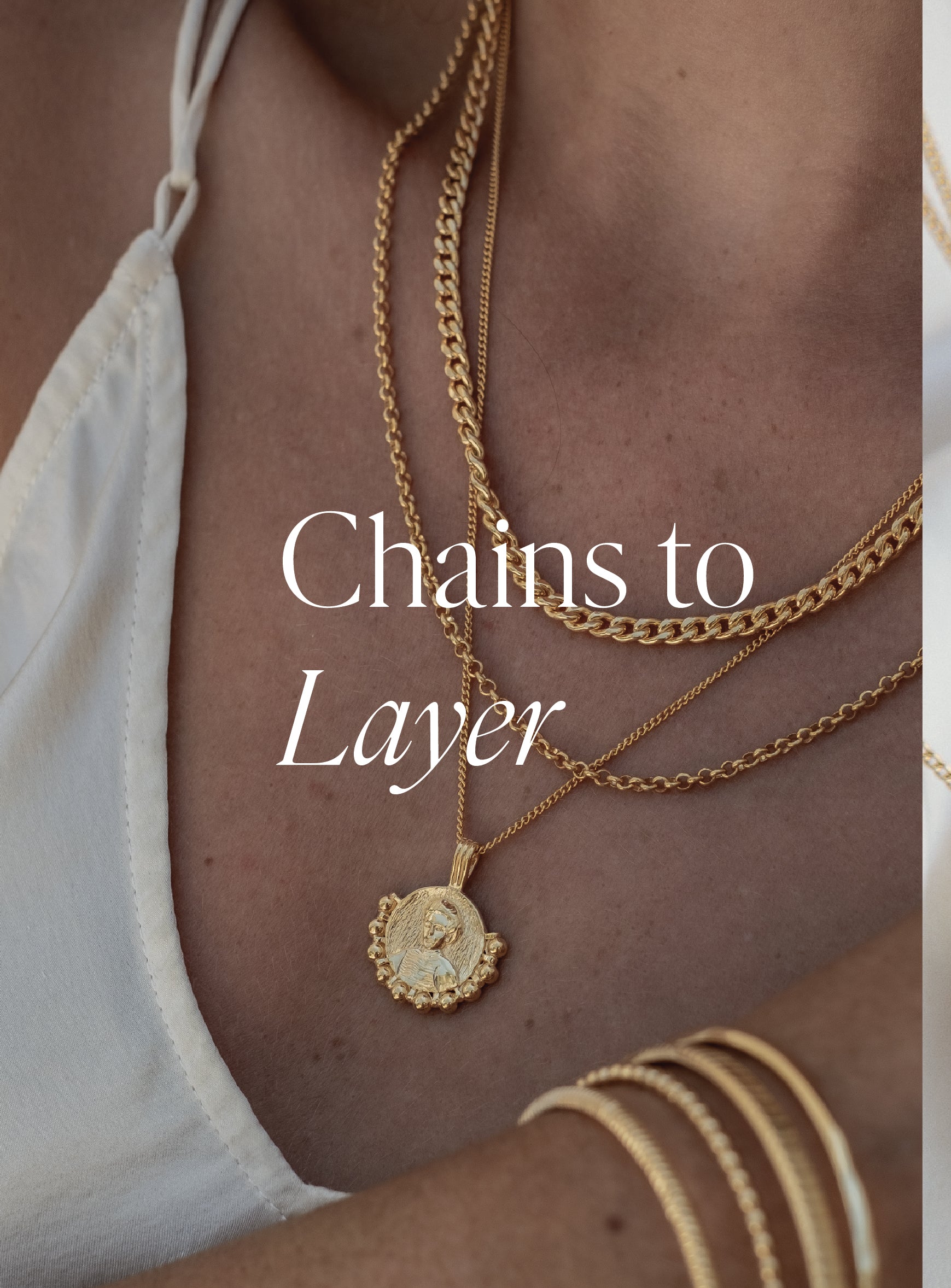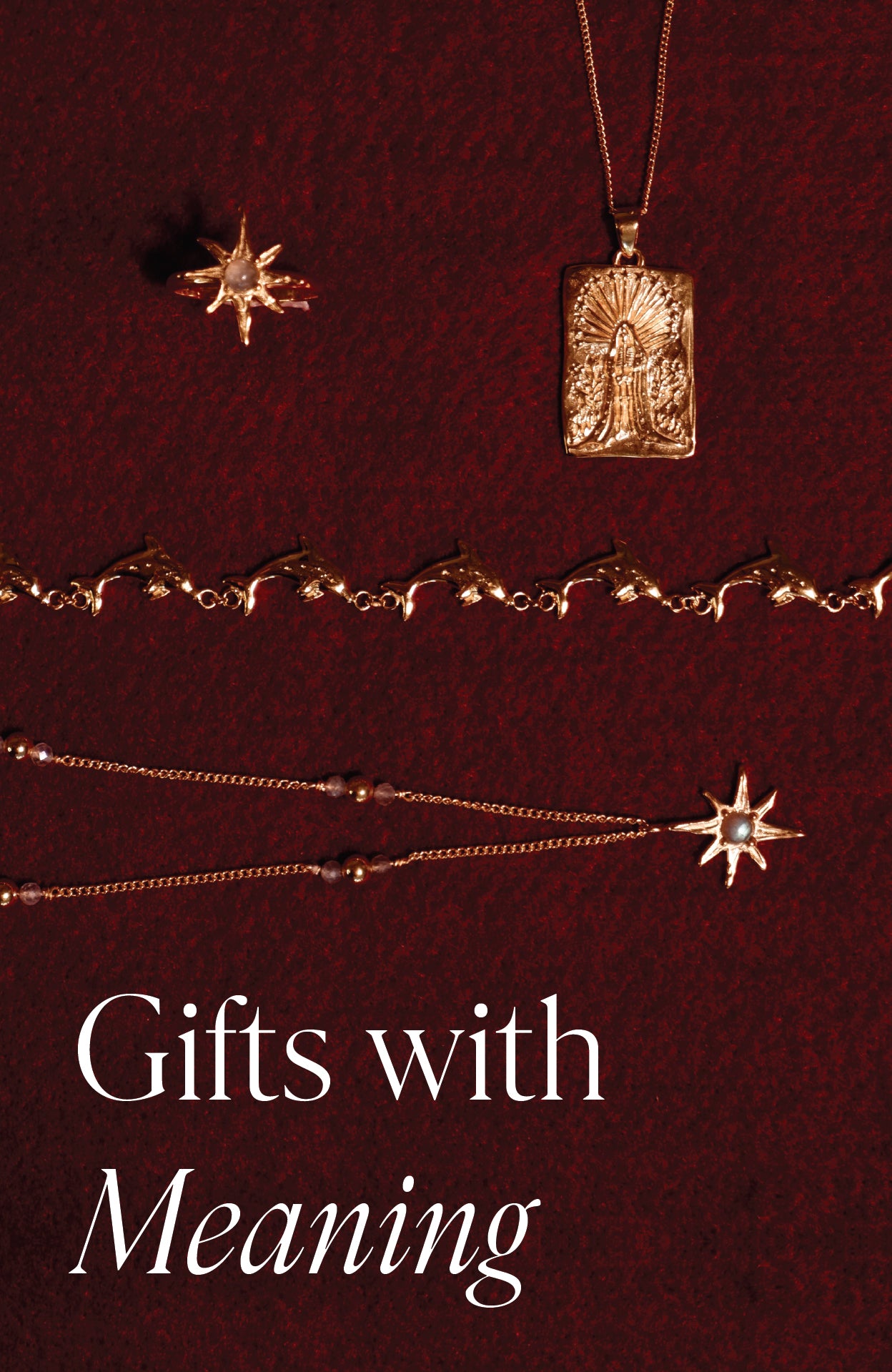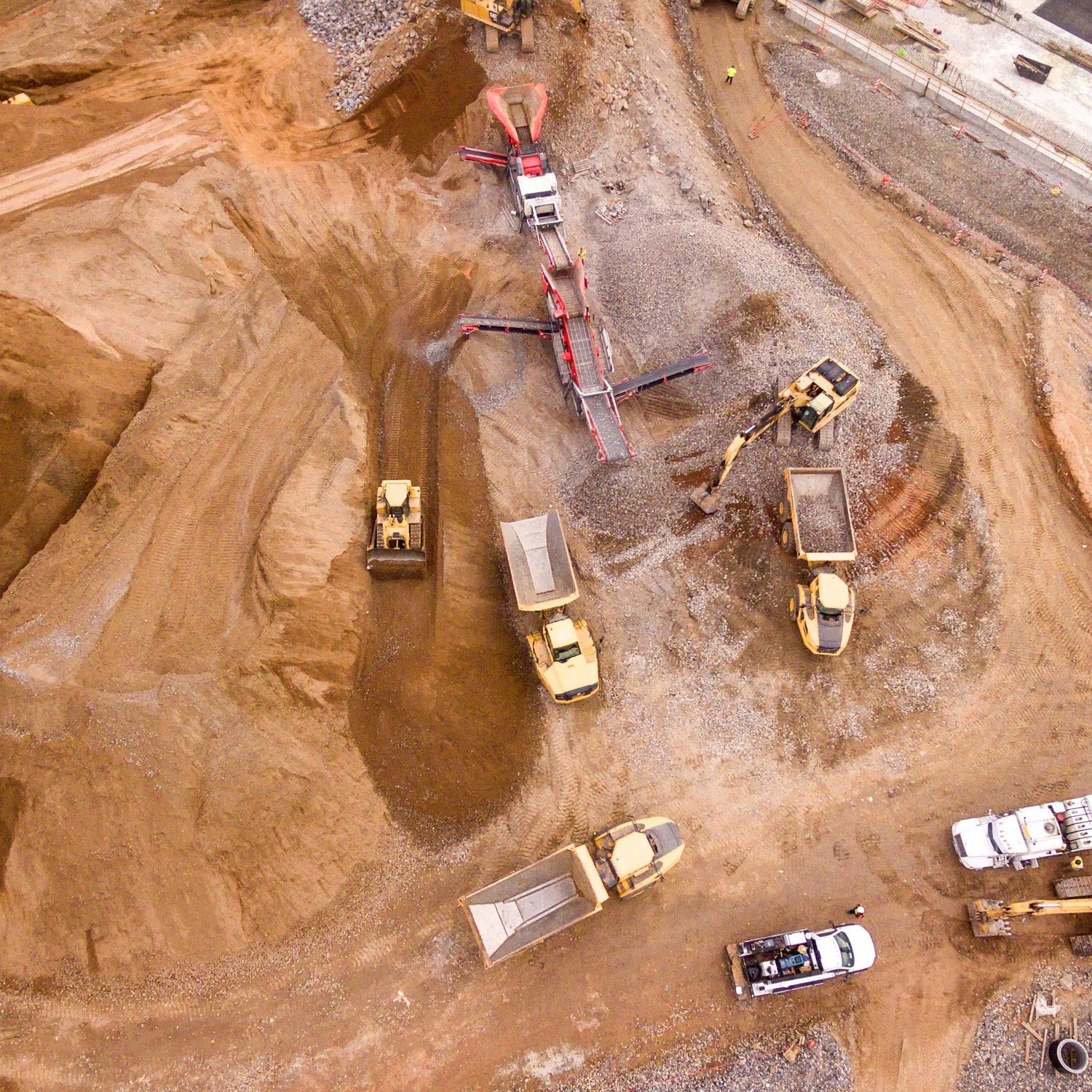
According to the 2020 Minerals Commodity Summary for Silver, in 2019, Silver mines in the US produced approximately 980,000 kilograms of silver - an estimated value of $510 million dollars.
It’s fair to say this Mining thing is a big deal. And this is only the US…
I’m not sure if we, as consumers, truly understand that when you purchase a precious piece of jewellery, whether it be made from Brass, Silver or Gold, that these metals have been mined out from the Earth. This means large spaces of land have been dug out, deep holes drilled and more often than not, precious river sources ruined through this mining process. It’s quite a wild concept to get your head around when looking at a beautiful shiny finished piece of jewellery, ready to slip onto your finger but, sadly, this is the hard truth…
Over 5 years ago, Luna & Rose made a conscious decision to swap all of our silver & gold used in our designs to be from recycled metals. In fact, as soon as we were aware that this was an option for us we pounced on the opportunity! This means that instead of the silver used for our designs being mined specifically for jewellery use, it is all by-products of things like old computer parts, old jewellery, ex electronics that no longer have a use. Silver have been extracted from these post-consumer products, purified out and melted back to their original pure Silver or Gold state (removing any alloy metals that it may have been mixed with along the way). By choosing to produce with Recycled Sterling Silver greatly reduces our impact on the environment and we hope to stimulate a new way of sourcing metals, hoping this soon can become the jewellery industry standard.

So, why is mining for metals such as Silver & Gold, so bad you ask?
Mining activities, which include excavating, construction, operation, maintenance, mine expansion, abandonment, decommissioning and repurposing of a mine not only impact the physical environment the mines are placed in but also the social systems of that mined area. Often large Silver mining companies will source land far and wide across the globe, selecting locations (often in developing nations) for their next big mine but with limited consultation with the local communities that currently live in that location. These large corporations have money and money speaks volumes (especially when corruption is involved in developing nations) which means that often the negative effects of opening a mine in a location is quickly overlooked in preference of financial gain.
While opening a mine can add benefits to a community, that mostly being job opportunities, it can also more often that not cause conflict within communities about land usage, deforestation, pollution, water usage and the restoration of systems once the mine has been exhausted. Mining is more often looked at as a short term gain for long term pain when in comes to the longevity of benefits for a community. Something that perhaps isn’t always factored in (or completely explained) when a company wants to use a communities land to begin mining in their area.

Mining is a varied and complex process so to make this blog post nice & easy to digest on your palette, we have listed the 4 main environmental impacts of mining metals below.
- Erosion & Physical Land disturbances
The largest physical disturbances at a mine site are the actual mine workings, such as open pits and the associated waste rock disposal areas The amount of waste rock in open pit mines is often 2-3 times the amount of ore produced! This creates huge waste piles that can cover thousands of acres and be several hundred feet (about 100 m) high.
These impacts remain on the landscape until the disturbed areas are stabilized and reclaimed for other uses, such as wildlife habitat or recreation areas, after mining has ceased. Although caution must always be taken on what is placed on this ‘waste rock’ as there are heavy chemicals used in the process of mining that will remain in the rock and soil for 100’s of years to come which takes me to my next point…
- Contaminates Groundwater & Soil
Metals such as Silver & Gold are often extracted from areas surrounding streams, rivers & lakes. If super-sonic care is not taken with both the disposal of extracted rock and the processing of rock to extract the Silver or Gold, these waterways are very easily contaminated. Not only that, but mines in developing countries that don’t have the money to invest in proper processing equipment, use hugely toxic chemicals to speed up their process to refine metals directly from, and back into, their local waterways. You only need to watch ‘DIRTY GOLD’ on Netflix to see how real this is and how quickly an entire community can be effected by the detrimental use of these toxic chemicals in their local waterways that people live off. These people are only trying to make a living, not realizing or having an ability to do so without being detrimental to both their health as well as their families and communities who also live off this water source.

- Loss of Biodiversity in an area
It’s easy to see that such large land disturbances in an area effects the natural habitat and biodiversity of an area. From animals re-locating to flora & fauna dying off in areas to insects and bugs dying off. The effect that mining has on the biodiversity of an area takes 100’s of years to replenish through hard work and dedicated teams… which more often than not never happens (Because you don’t make money of re-installing an area’s bio-diversity right?!)
- Formation of sinkholes
Sinkholes occur (often) when the closure of a shaft mine has not been performed correctly, thus later in life when the land has been repurposed, a large and dangerous sink hole is created. This can cause all sorts of issues from human or animal death to loss of homes and infrastructure to the leaching of chemicals and toxins released from inside the deeper mine. Hence, it is of utmost importance that the decommissioning and closure of mines is taken extremely carefully, as much so as when the mine is in full production action. Again however, this doesn’t actually make a company money so this process is often overlooked.
Which takes us back to why we choose to produce our jewellery with recycled sterling silver, meaning that no mining has specifically taken place in order for our pendants, rings and earrings to be produced. Now that you know the environmental impacts of mining it is important to be aware of what you are purchasing and the possible environmental (and human) effects that that item has had prior to getting it to that point.
Transparency, supply chain tracing and honesty is important for everything we purchase in our daily lives from Skincare to jewellery, fashion, home wares and food. By asking questions to brands and suppliers about where their products have come from stimulates the conversation and allows for greater transparency in what is traditionally, a ‘taboo’ topic. We are extremely proud to be working with 2 reliable and reputable recycled metals suppliers to help eliminate the environmental impact of Luna & Rose and are always looking for more ways in which we can look after our planet Earth.
If you have any comments, ideas or tips for us, please get in contact via our contact page or leave a comment below.







